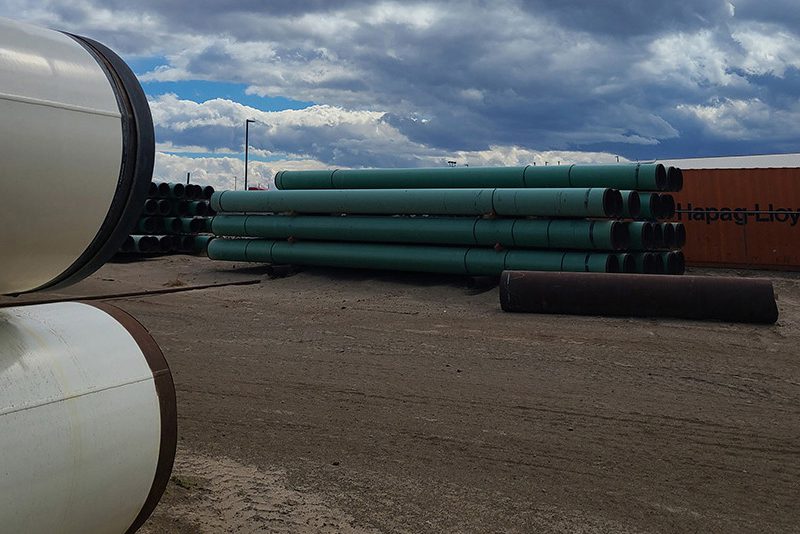Industry Piping Solution: Ensuring Seamless Air Compression

Pipes are an integral part of the construction industry and a lot of work depends on the quality of the pipes. Business owners often need help choosing a manufacturing company assuring 100% quality of the pipes. Finding the goldfish can be a painstaking job, with many creatures in the ocean. Almost every industrial piping company claims to be the best in the lot. But will it be a wise decision to trust any company blindly? Of course, NO!
To ensure industry piping solutions, compressed air piping should be flawless. Several problems can arise from piping systems that need to be better or more appropriately maintained, resulting in significant financial burdens for construction and piping businesses. With a faulty setup of compressed air piping, businesses can witness a considerable surge in energy costs and significant damage to necessary equipment.
4 Stellar Tips to Choose Perfect Industrial Piping Solutions
Finalizing the Right Material- The First Step to Success
Your piping materials are the primary device to pace up your piping project. A slow device will ruin the game anyway! Be very mindful of the material you need. Steel pipes get more attention than their plastic counterparts because of better sturdiness and resistive potential. . As the galvanizing coating extends the pipes’ useful life and protects them from rusting, galvanized pipes are the norm rather than the exception.
Corrosion can still occur, though. Copper, like aluminum, is a lightweight metal that is also resistant to corrosion. Pipes constructed from these materials can be effortlessly cut, welded, and suspended. Plastic piping is inexpensive, long-lasting and simple to set up. PVC pipes, on the other hand, are highly hazardous for any compressed air application because they can expand and explode if the pressure is exceptionally high; due to razor-sharp PVC shrapnel, anyone in the vicinity can get injured fatally.
Undertaking PPCH Technology:
Pneumatic piping and fittings made with PPCH FR V2 technology are the best alternatives to traditional materials like metal (GI/MS/CI/SS), plastic (PVC), and aluminum for use with compressed air.
There are a lot of primary reasons behind choosing PPCH technology. When compared to the competition, our products have:
- A higher flow rate for the same diameter
- The internal condensation reduces moisture significantly
Other reasons are:
- No leakage issue
- Resistant to UV rays
- No risk of corrosion
- Flame retardant
Piping Size Does Matter
Total airflow (CFM) and Minimum required operating pressure are the two most crucial characteristics of the compressed air system for preventing pressure fluctuations (PSI). The professionals from industrial piping companies explain if the pipes are too short, the air has a longer distance to travel, causing it to encounter more friction and consequently decrease speed. Because of this, the pressure drop increases. Raising the system’s PSI to compensate for this pressure drop is essential. Your air compressor’s energy bills will skyrocket as a result of this.
On the other hand, the more extensive-sized air pipelines enhance the requirement for more materials to complete the installation process—consequently, the cost increases. The best way to solve this problem is to choose larger air-receiving tanks.
Piping Layout Creation Is Essential
Compressed air piping system design encounters difficulty by obstructions, sharp angles and humidity. At any right angle piping system, air pressure drops. Because of the potential for turbulence and diminished pressure delivery, try avoiding 90-degree elbow corners in the piping layout. Therefore, slopes between 30 and 45 degrees are optimal for a smoother appearance.
Air compression has moisture as its enemy. The air inside has a significant amount of humidity which is adverse for the whole piping system. When the air gets compressed, the water molecules condense into a liquid. Certain pipe materials witness corrosion by water, resulting in rust flake disintegration and breakage that then travels through the piping system. The professionals of reputed industrial piping companies say that compressed air will always contain some moisture. Still, one can mitigate this problem by installing coolers and dryers before the piping system.
Never Fail to Buy Quality Pipes
Buying quality pipes is the only solution to ensure controlled moisture in your air compression. Contact Bison Pipe to get unquestionable quality steel pipes.

